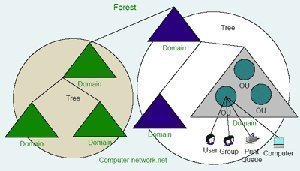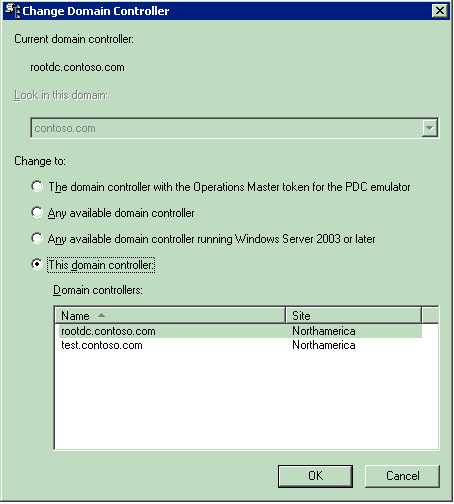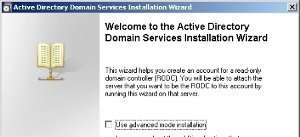Active Directory fulfills all the needs of an organization by designing a directory structure. It provides flexibility in designing the business structure according to current and future needs for an organization, so it should be examined prior to installing active directory. In Active Directory, resources are organized in a logical structure, and this grouping of resources logically enables a resource to be found by its name rather than by its physical location.
Benefits of AD Logical Structure
- Logical Structure provides more network security by means of providing access to resources to only specified groups (OU).
- Logical structure simplified the network management by administration, configuration and control of the network.
- The relationship between the logical structure of domains and forests simplifies resource sharing across an organization.
-
As logical structure provides simplified network management, it reduces the load on network resources and lower the total cost of ownership.

Components of AD Logical Structure
The logical structure components have relationship with each other so it manage to control access to stored data and finds how the data will be managed between different domains in a forest.
- Objects: like a user, computer, group, printer etc…
- Organizational Units – like any folder but in control of Active Directory
- Domains – Logical boundaries for objects
- Trees – Logical boundary for multiple domains
- Forests – Logical boundary for multiple trees
Overall, one physical machine running as a Microsoft Domain controller can control all these logical divisions with the help of 'A Operation Master' dedicated to perform specific tasks.




Follow Us!